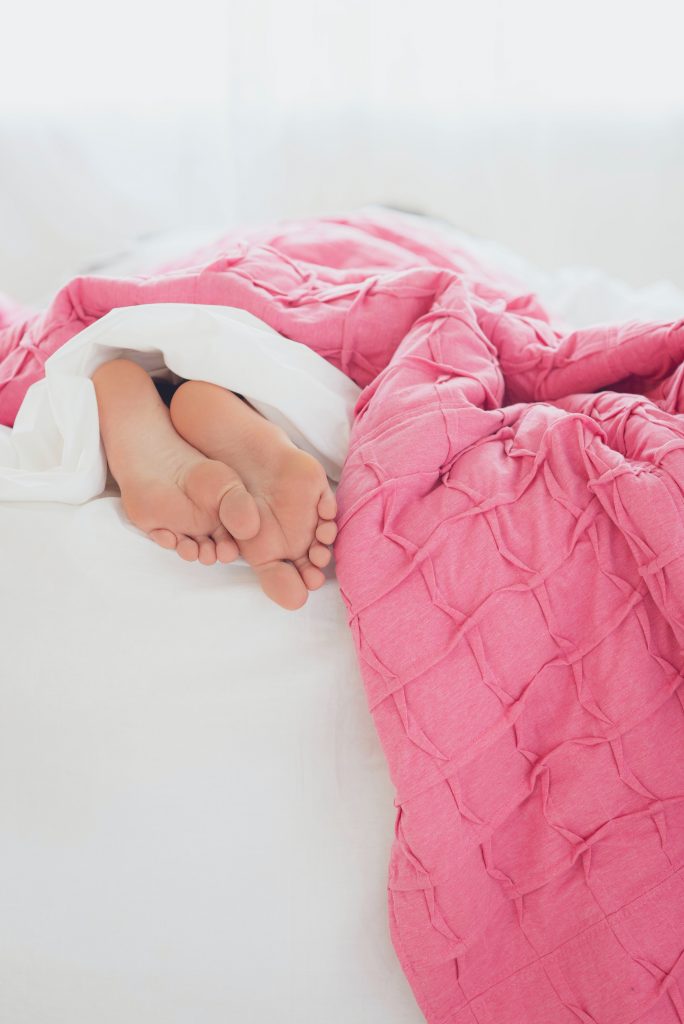
Perhaps the most frustrating thing about sleep is how elusive it can be. Despite how crucial it is to our overall mental health and sense of wellbeing. Whilst we sleep our body essentially recovers from the day we’ve had. It recharges our batteries. Lack of sleep – which most of us will experience at some time or other – negatively impacts our health. Whereas a good night’s sleep has numerous benefits. It helps with memory, maintaining a healthy weight, motivation and performance, immune function and our emotional health. A sleep routine could be part of the answer. Ensuring we’re going to sleep ready for a night of restorative and restful sleep. So, what might our sleep routine look like to help us get those much needed Zzzz’s?
For 10 Tips to Unlock a Good Night’s Sleep read here.
Why A Sleep Routine?
Before we get into the stages of a sleep routine, why does everyone suggest a routine in the first place? If you’ve been a caregiver to a child, particularly a baby, you’ll know the importance of a sleep routine. It calms and relaxes your baby. Giving it the chance to be in the right headspace for bed. The predictable routine is grounding. And the first few steps of the routine let the baby know it’s bedtime. By the time their head hits their mattress, they’re ready for some shut eye.
The same is true for adults. We’re know different. Whilst we may need comparatively less sleep than babies. Although we may be envious of their freedom to sleep 12 hours a day. Why would we expect our bodies to go from running around, thinking and doing all day. To suddenly shutting down. In our world of immediacy, where technology often delivers imminently. We don’t even have to watch adverts anymore. There’s an expectation of everything happening quickly. And we become frustrated when it doesn’t. Sound familiar? How frustrated do we get when we’ve tossed and turned or lay awake for a few minutes? Or longer? And the more wound up we become, the further a way sleep gets.
For 5 Sensory Products for a Good Night’s Sleep read here.
The Sleep Routine
It’s important to note that all of us will need to tweak any sleep routine to suit our own needs. It may be you have more or less time on your hands. Or that their are stages that you don’t think will help or serve you. That’s ok. In fact, it’s incredibly normal. Feel free to adopt the routine as it is. But if there’s anything that doesn’t sit right with you, play around with that stage. Swap the suggested activity or product for one that will produce the same result. But is more in line with your preferences.
#1 Your Basic Needs

Getting ready for sleep doesn’t start a few minutes before. Or even an hour before. If we’re being really accurate, you’re whole day can prepare you for better sleep. From what we eat, how much movement or exercise we do, how much water we drink and whether or not we’re checking in with our mental health. But for one, that seems like an awful lot to be thinking about. And two, it would be a shame to spend our whole day thinking about the end of it. (Although, I am guilty on some days or counting the hours until bed!). Instead, when it comes to the evening check in with yourself. Have I drunk enough? Did I eat enough? Was I able to get some air? If the answer is no, there’s still time to remedy the situation.
Ideally we will drink throughout the day so we don’t dehydrate overnight. Getting air helps calm us down and improves our sleep. And we want to eat enough to ensure we don’t wake up hungry in the middle of the night. But not so big a meal we go to bed with an over full stomach which stops us sleeping. The food we eat is important too. Avoiding caffeine, sugar and anything else which might cause a spike in energy or unsettle our stomach.
#2 Move, Stretch, Massage, Breathe
At the end of a long day when muscles are tight, we’re tired and possibly achy, it’s good to leave this behind. Andy head to bed refreshed and relaxed. We may choose to move or stretch with some relaxing exercise. Yoga is often a go to exercise choice pre-bedtime. There are yoga routines to help you relax before bed or even those that you can do in bed. Stretching can also be helpful. Rinsing out those sore or tense muscles. You can pick your own stretches to do based on how you’re feeling, watch a stretch video or follow stretch yoga routine. Whatever movement serves you, ensure it is relaxing with a focus on stretching and soothing aches. Nothing high energy or fast-paced.
Massage and breathing are a great way to kickstart your parasympathetic nervous system. The part of our bodies which starts up when we begin to relax after a moment of stress or panic. When this system gets going our eyes soften, we’re no longer hyper alert or listening for threat, our breathing slows, our digestion works better and our muscles relax. All the better for a good night’s sleep. Massage may make you think of spa days and holidays. And there’s a reason for that. When our muscles are massaged the pressure helps them relax. Telling our body we’re not in any danger and triggering our parasympathetic nervous system. You may have a partner, friend or family member you can trade massages with, a massage gadget to use yourself, or even taking a moment to moisturize your body. Breathing likewise let’s our body know we’re safe and can relax in the same way massages do. You may wish to take a few deep breaths, complete a mindfulness practise or another meditation or simply take a moment to notice your breathing.
Elements of this stage, particularly massage or breathing, may sit in your wind down section as well. So, feel free to move it to where it is relevant.
#3 The Wind Down: Part 1
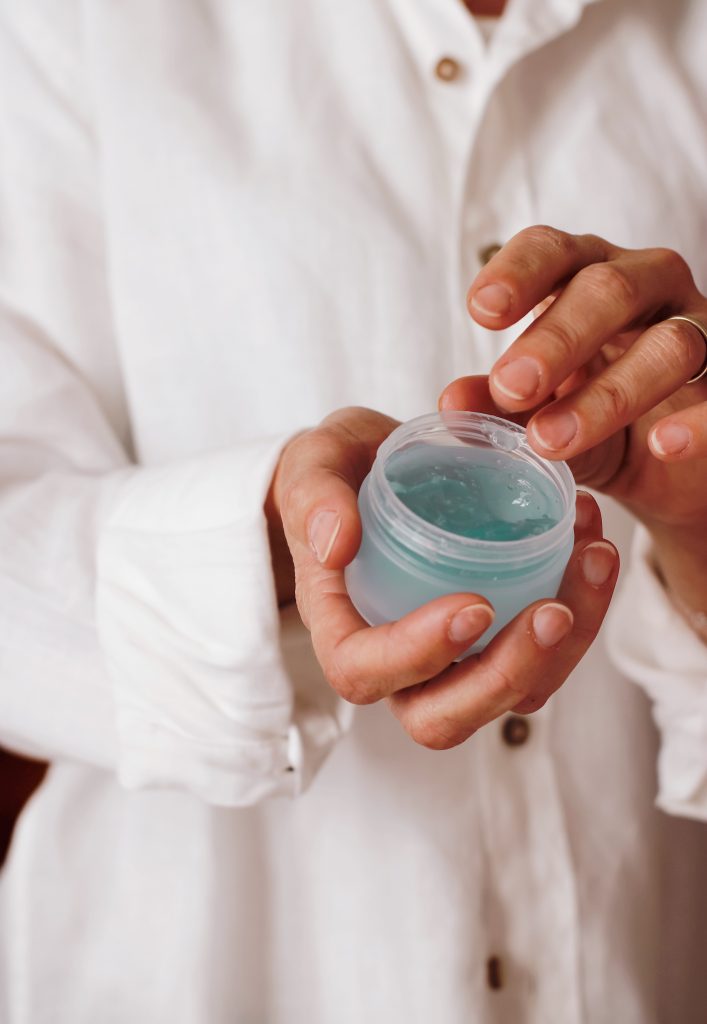
You may find it strange that I’ve suggested two wind down sections. But there is a reason for that. Simply, I’ve found it the most affective. The previous two stages were all about prep. Ensuring your body is in the best place to have that good night’s sleep by having all it’s needs met. Part 1 of your wind down is all about setting the scene for bedtime. In this stage you’ll find all of those small and familiar accompaniments to bedtime. If you enjoy a shower or bath after a long day; now is the time for it. Whether a long bubble bath or quick in and out. It’s all part of getting into the bedtime mindset.
This is also a good time to cover other areas of hygiene. Get in that skin routine, brush your teeth, put on your PJs. This stage can be luxurious and pampering or quick and easy. Use your favourite bath products and lounge around. Or have a quick wash with shower gel. Lie down with a face mask (in or out the bath) or do your usual. Put on clean PJs or ones that make you feel good. Or opt for comfy. It’s all about what works for you. These activities may not seem like a wind down but I wouldn’t underestimate their impact. The familiarity of these actions can be grounding. We may feel good knowing that we are taking time to look after ourselves. Particularly in times when we may struggle with our mental health or mental ill health, simply brushing our teeth is an achievement. And if we invest time and some luxury into these small acts; they’re acts of self-care too.
#4 Tech Off!
After you’ve set the scene and all your bedtime admin is completed in Wind Down Part 1. I recommend turning off all technology. So, no computers, laptops, tablets, phones etc. Personally, I try to put them away before I start Wind Down Part 1. It’s a good line to draw. I turn off my tech with the exception of my phone; which I check once after Wind Down Part 1 and then put it all away. Out of sight, out of mind.
Most of us know the pitfalls of technology and it’s impact on sleep. But in short, blue light emitted from our technology suppresses melatonin which helps us get sleepy. And yet, with the invention of apps to suppress the blue light. You may be thinking this is no longer relevant. But I believe that when we have our tech out and engage with it we find it harder to get into a bedtime headspace. We relate technology to activity, being busy, thinking, working and generally doing. The opposite to what we want to achieve when it’s time for sleep.
#5 The Wind Down: Part 2
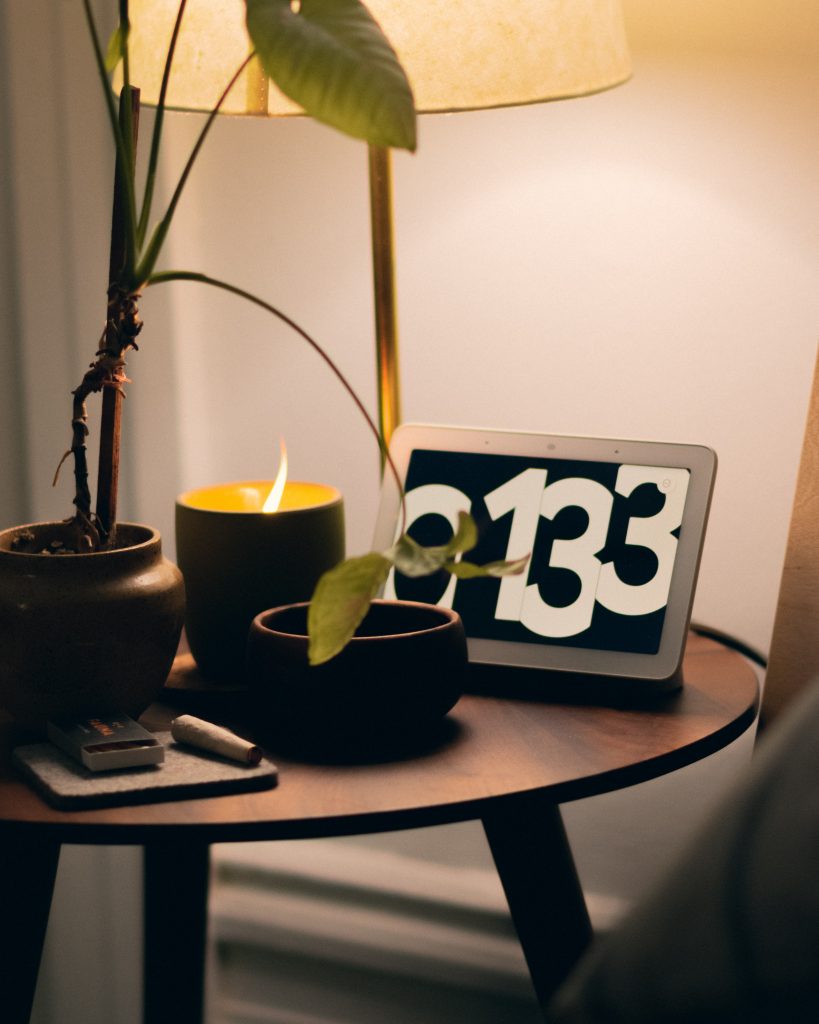
Now we’re ready for bed, we’ve checked our phone for the last time, and hopefully all tech is away. We can continue winding down. This stage is likely to be what you imagined when you heard sleep routine. By now we’ve hopefully fully prepared ourselves for bed. All our basic needs are accounted for. We’ve tended to any aches and pains. The scene is set for bedtime. And all tech distractions are gone. Now’s the time to kick relaxing up a notch – remembering no tech! For me, this stage looks like getting into bed with a scented candle or aromatherapy candle burning. Main lights off. Low lighting on. And either a chilled chat with my partner – no work related talk allowed – reading a book or listening to an audiobook.
Remember to make this wind down work for you. Somebody else’s idea of a wind down won’t help you relax. Perhaps you’re sensitive to scent, so avoid anything that will make you uncomfortable. Or if aromatherapy or candles aren’t for you, try a lightly scented moisturizer or hand cream. Don’t enjoy reading? Listen to some music, nature sounds or a podcast. Find writing cathartic? It’s time to write in your journal, practise your gratitude or empty your head of anything still on your mind. You may wish to practise mindfulness or deep breathing at this point. Or massage. If you haven’t done them earlier. Any activity you find relaxing, doesn’t require too much physical, emotional and mental energy and can be done in bed is perfect.
#6 Time for Bed
Try to catch your sleep window, it’s the best way to ensure you don’t lie awake for hours. Hopefully your relaxed state will have you feeling sleepy after a while. There’s no fixed timeline for this, and it will partly depend on how earlier you started your routine. I usually give myself at least 20 – 30minutes for Wind Down Part 2 to ensure I’m feeling calm and have put aside the days thoughts or worries. When you begin to feel tired it’s time to do the finishing touches. Try and avoid getting to the point where you can’t keep your eyes open. Although it may be tempting to read just one more chapter, write one more line or finish the podcast.
Your finishing touches may be as simple as lying down and getting comfy. But it also includes anything you need for sleep. Mine include blowing out the scented candle (and putting safely out of reach), ensuring I have water by my bed, setting my Google Home to play nature sounds and using a pillow spray. You may wish to try a hand cream made to boost sleep, taking some calming breathes, prayer, meditation or mantra, using an electronic aromatherapy diffuser or some low lighting.
What if Sleep Eludes Me?
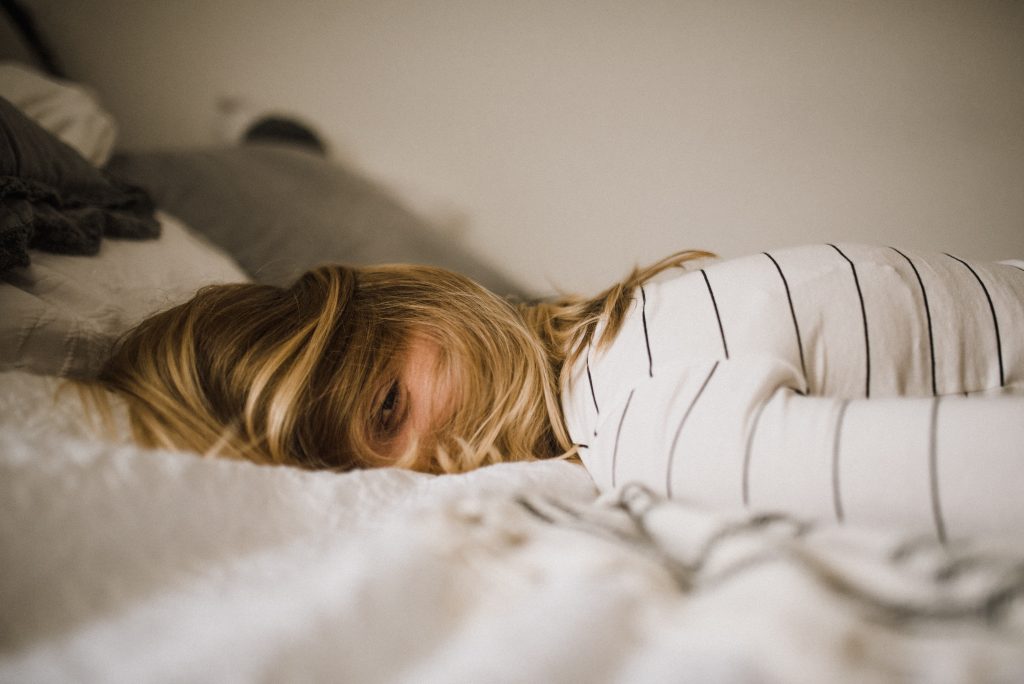
Whilst we hope a tailored version of this sleep routine will help you faller to sleep quicker. And stay asleep. Sadly, nothing is fall proof and sometimes we just can’t seem to drop off. If you find you’re lying in bed and can’t fall asleep. Whether you’ve yet to fall asleep at all. Or you’ve woken up and just can’t get back to sleep. Try staying put for 20 minutes or more. You may wish to try an element of your sleep routine here. Picking something from the wind down section. A simple stretch, listening to some nature sounds or taking some deep breaths. Any appropriate activity which will distract you from staring at the clock and calculating how long until you need to wake up. Because let’s face it. We’ve all been there.
If this doesn’t work try getting out of bed. Move to another space but avoid any lights; or particularly bright lights. And don’t engage with any screens. No matter how tempting to watch TV or check your phone. It will only wake you up more. Not less. Perhaps move your wind down activity to a new venue. Or try reading a book or magazine. Anything that is calming but not stimulating. And nothing that you’ll be tempted to continue once you start feeling drowsy. It’s also a good idea to avoid eating or drinking anything. Try this for 30 minutes or less if you start feeling tired again. Then head back to bed.
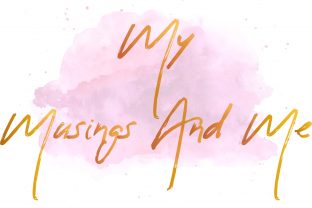
Great post with wonderful tips. We do need a routine to help us with good rest. I agree also we need to put away all technology to unwind. Good habits to form before going to bed. Thank you for sharing. 😊
Pastor Natalie
Letstakeamoment.com
Thanks. I hope you find that they work for you. The more we do them the more it becomes second nature and becomes a proper habit. Then we don’t even need to remind ourselves to do it
Useful advice, I often struggle to sleep, especially before work. I shall consider these.
I hope they help! Do let us know!
Great tips! I often struggle to fall asleep and stay asleep. Perhaps a more purposeful routine, like this one, would be helpful for me. I never really thought about how what I do all day effects my sleep at night.
Thanks Heidi! I’ve been making some lifestyle changes and have definitely been sleeping better. It’s what gave me the idea!
I love the idea of a structured sleep routine, mine isn’t that great so I’m definitely going to take some tips from this. Thanks for sharing!
I’ve always tried different things. But I found the best results once I made it into a structure with clear steps. And if you come home late from something you can always do the last few steps and have a shortened routine
I had been doing yoga before bed for a while because it was the best time to do it in regards to my other health issues not getting aggravated, not sure if it helped me personally with my sleep, but it might do for others
I think it helps some. I prefer to do my exercise, even yoga, during the day. Best for me in the morning. But I sometimes like to do a stretch
This is some really useful advice! I struggle to fall asleep when my anxiety is bad or I’m stressed so I’m going to take these tips on board, thank you x
This is why I started it. Because I couldn’t sleep when I was anxious. I found I needed time to unwind and put those thoughts to the side so I could actually fall asleep
I love the different stages you came up with ❤ The last few nights I haven’t been sleeping so well, maybe I’ll try this out tonight x
Good luck. Let us know if it works. I’ve had to try different steps and different things at each step but I 100% sleep better when I do.
These are great tips! I personally liked to get away from technology because this is the thing that is helping me now to sleep better. But still, I need to follow some of these to get a structured sleep routine. This was helpful! Thank you for sharing xx
Thanks Harsha. Agreed that I sleep so much better when I’ve been off technology for a while beforehand
These are really helpful tips. Ive been struggling to get to sleep recently so definitely going to try this method.
Thanks Kelly. Feel free to reduce steps or tailor it to yourself! Hope it helps
After reading this post, I realised that I need to change my sleep routine. My sleep routine is very bad and I don’t really have a proper one. Huhuhu. Thank you for sharing.
Glad this could be helpful. Let us know if you find a sleep routine that works for you!
Great sleeping tips.
Nowadays it’s a major issue. Thanks for sharing 😊😊
My pleasure! I hope it was helpful
Great post. We try the bed routine even with babies, so why not adults?
Important point here I feel is to keep the technology away before the bed routine. But then it’s easier said than done.
Thanks for the tips.
Exactly!!! We all need to wind down. I know if I go to bed after doing something active or straight after working in the evening I lie awake for hours. I’d much prefer to use that time to wind down and then fall asleep. I’m likely to sleep better too!
I have a really good wind down routine that works wonders for myself! Finding what works for you is so important.
I’m so glad you’ve found what works for you! It’s taken me time but has been a game changer